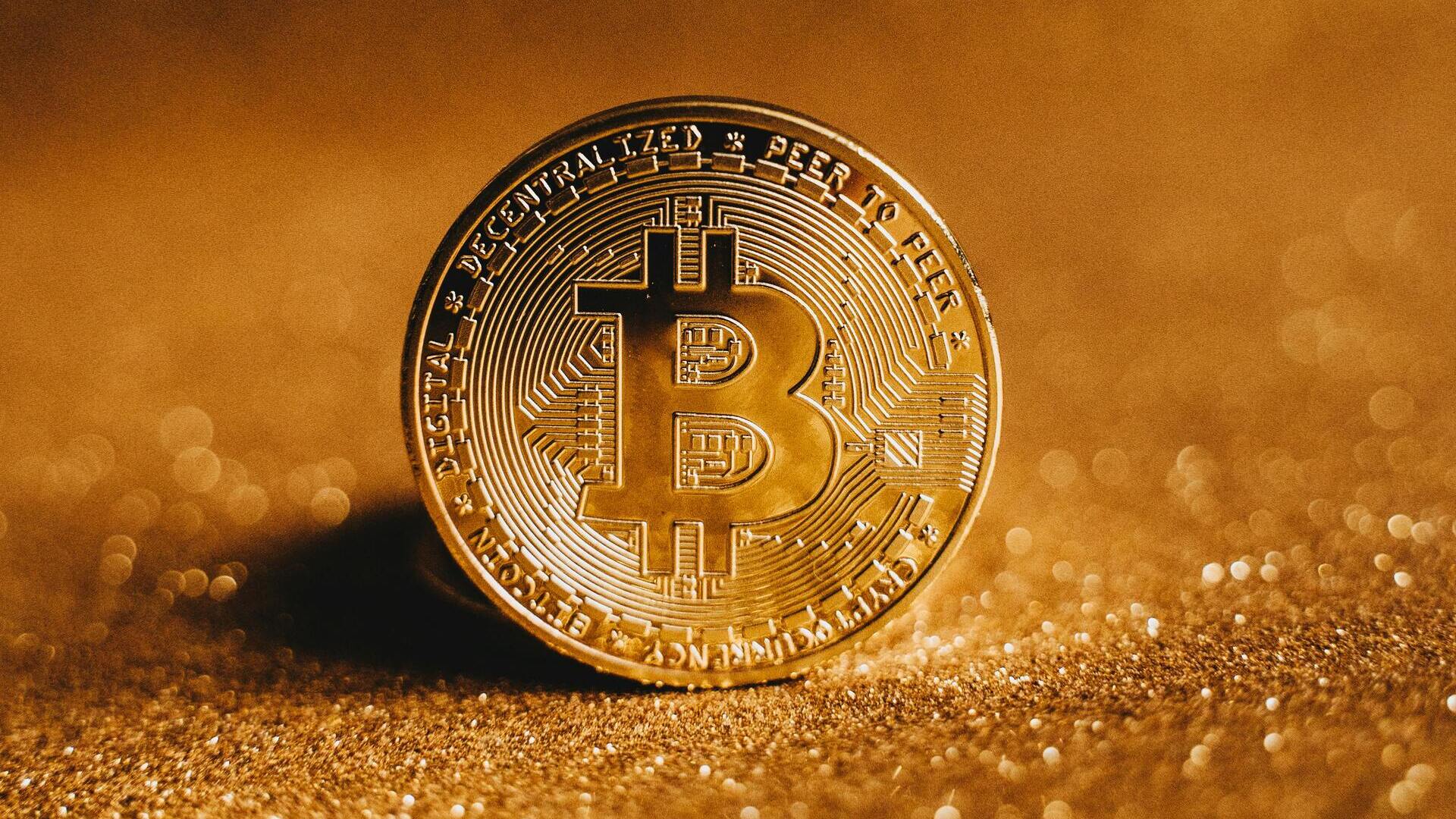Your observation is insightful, and the data you’ve highlighted on the changing relationship between Bitcoin and gold is a key topic in current financial discussions. However, recent market analysis suggests that the narrative is complex, with strong evidence that the “digital gold” thesis is not broken, but is actively playing out.
Reforged Links in a Volatile Market
While periods of divergence occur, 2025 has provided powerful examples of Bitcoin and gold moving in lockstep, reinforcing rather than abandoning the “digital gold” narrative. This rekindled correlation has been particularly evident during times of macroeconomic uncertainty.
A primary driver has been the U.S. government shutdown, which began in early October. During this period of political and economic uncertainty, investors flocked to assets perceived as safe havens. Bitcoin rallied to within 1% of its all-time high, trading at $123,874, while spot gold also saw gains. This simultaneous surge was a clear signal that a significant segment of the market treats Bitcoin as a hedge against traditional system risks.
Analysts from institutions like Standard Chartered have noted that “this year bitcoin has traded with ‘US government risks'”, a connection that was less pronounced in previous years. This behavior is part of the broader “debasement trade”. where investors seek hard assets like gold and Bitcoin to protect against currency devaluation from government borrowing and money printing. As one CEO summarized, this trend is “benefiting gold”, and Bitcoin is joining as a digital alternative.

United by Macroeconomic Forces
The correlation is not just a reaction to immediate headlines but is rooted in deeper macroeconomic forces that affect both assets.
According to data from CryptoQuant, the statistical correlation between Bitcoin and gold had climbed to over 0.85. This indicates a very strong positive relationship, meaning they have been moving in the same direction. This surge in correlation is driven by a shared demand as hedges against inflation and global uncertainty. One managing partner at DWF Labs offered a historical perspective, suggesting that Bitcoin is following a similar trajectory to gold, transitioning from a medium of exchange to a primary store of value, which explains why their price movements are increasingly echoing each other.
A Nuanced Partnership for Modern Portfolios
For institutional players reassessing their approach, the takeaway is not to discard the “digital gold” narrative, but to understand its nuances. The relationship is dynamic, but the overarching trend points to convergence during times of systemic stress.
The key for portfolio managers is to recognize that both assets are responding to the same underlying fears of currency debasement and macroeconomic instability. Rather than being mutually exclusive, they can serve complementary roles. Gold offers the stability of a millennia-old store of value, while Bitcoin provides a digital, decentralized alternative with high growth potential. Incorporating both may offer a more robust defense against the “wall of worry” dominating the current market landscape.


